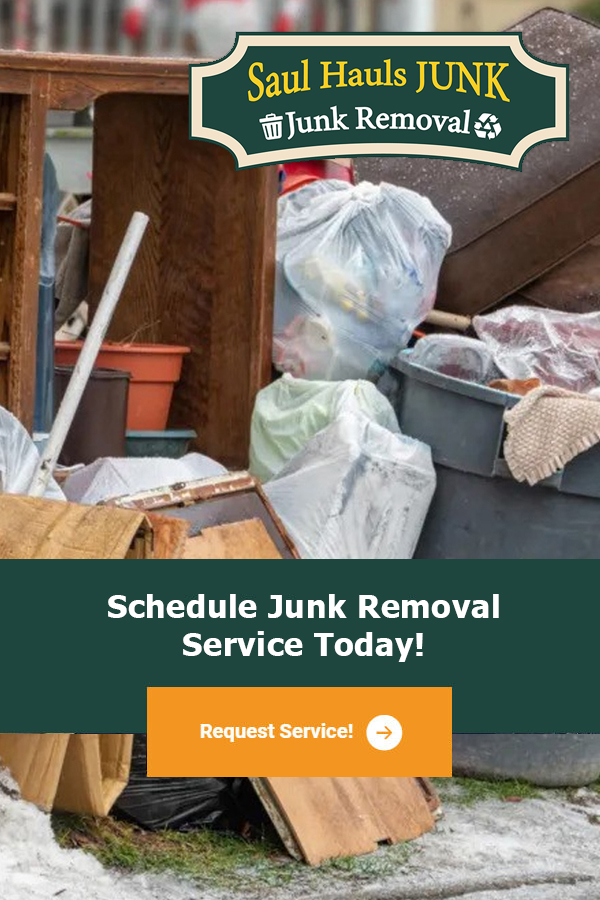
What Items Are Removed During an Eviction Cleanout?
Eviction cleanouts can be a challenging process, often involving the removal of various items from a property. Understanding what items are typically removed during this process can help prepare landlords, property managers, and even tenants for the changes ahead. In this guide, we’ll break down the common categories of items removed during eviction cleanouts, making it easy to grasp what happens next.
Introduction to Eviction Cleanouts
Understanding what constitutes an eviction cleanout is the first step in knowing what will be removed. An eviction cleanout typically occurs after a tenant has been formally evicted and involves clearing out their belongings from the rented property.
It’s not just about clearing space; it’s about ensuring compliance with local laws and regulations. The eviction cleanout process aims to restore the property to a rental-ready state, and this often includes the removal of a variety of items left behind by the tenant.
After an eviction, many landlords may wonder what they can expect to encounter. This not only helps in planning the cleanout but also in understanding potential costs and labor involved in the process.
Personal Belongings
Personal items such as clothing, furniture, and appliances are commonly removed during an eviction cleanout. These items often belong to the tenant and must be handled carefully according to local laws.
Items like bicycles, electronics, and heirlooms can all be part of the haul. It’s important to take an inventory of these items as they are often of sentimental value as well as material value.
When processing personal belongings, some landlords or cleaning companies provide a grace period for tenants to retrieve their items. However, if unclaimed, these goods need to be properly cataloged and disposed of.
Additionally, any items that the tenant wishes to keep should be documented thoroughly to avoid disputes later. This documentation can prove crucial if disputes arise over the ownership of certain items.
Trash and Debris
Often, properties may have accumulated trash and debris over time, especially if the eviction process was prolonged. This includes anything from old food containers to non-functional items that need disposing.
It’s common for eviction cleanouts to reveal an assortment of discarded items, some of which may be hazardous. Therefore, care must be taken to ensure proper disposal practices are followed.
Removing trash not only helps in decluttering but also prevents pest infestations and health hazards in the property. Often, it’s a crucial step before undergoing any further renovations.
Hazardous Materials
In some cases, hazardous materials such as chemicals or improperly disposed items may need to be removed. It’s essential to identify these for safety reasons and follow specific disposal regulations.
These materials could be anything from old paint cans to expired chemicals. Identifying them is key, as mishandling can lead to serious legal liabilities and environmental hazards.
Moreover, specialized companies may need to be called in for the safe removal of these hazardous items. This ensures compliance with local safety regulations and helps in avoiding potential fines.
Abandoned Property
Any items that are considered abandoned can also be removed during an eviction cleanout. This often includes any property left behind by the tenant after the eviction.
Determining what counts as abandoned property can often be complex. It is typically those items that were not moved by the tenant during the eviction process and were left to be managed by the landlord.
Landlords should always check local regulations regarding abandoned property, as some areas have specific waiting periods and notification requirements before such items can be disposed of.
Process of Removal
It’s important to follow legal processes during the removal of items from a property. Proper notices and documentation should be maintained to prevent complications or legal issues.
The eviction cleanout process often requires coordination between legal and cleaning teams to ensure that everything is completed smoothly and within legal bounds. Documentation is key in this process.
Equally as important, providing tenants with notices of their rights regarding abandoned property can protect you, the landlord, from potential issues down the line.
Final Thoughts on Eviction Cleanouts
By knowing what to expect during an eviction cleanout, you can navigate the process with greater confidence and clarity. Whether you’re a landlord looking to reclaim your property or a tenant needing to understand your rights, this knowledge is crucial. Always remember to consult local laws and regulations, as they can vary.


